Fashion of the Ancient Times in Hanbok
We’ve brought you the K-fashion trends of the modern era now so we thought we would take it back to what Korean fashion was like more than a century ago with Hanbok. Hanboks were designed during the Three Kingdoms of Korea, around the time of 57BCE to 668CE. This beautiful piece of clothing was one that people back in the dynasties would wear every day whereas now it is traditionally worn mostly during special occasions.
 www.evlo.co.kr
www.evlo.co.kr
The Hanbok has three main components: the jacket (저고리), pants (바지) and skirt (치마). The men would wear the pants and jacket together and for women, they would wear the skirt with the jacket. These pieces combined together to create a delicate flow of lines and angles which you can find in all traditional Korean designs. Just like the traditional Korean houses, hanoks which you can read about in this article, the soft sloping eaves of the hanok roofs match the lines and angles of each component of hanbok.
 Lovestoryhongdae.modoo.at
Lovestoryhongdae.modoo.at
The flowiness of the long sleeves on the jacket contrasts perfectly with the angles of the v-neckline. For men, the pants were loose-fitting yet tied at the ankles to create shape and depth. And for the women, it was a floor-length, wrapped skirt that was worn high and cinched at the chest. These hanboks were made in a way to compliment how the wearer moved, hence the loose and flowy fit to fit the people’s living style at the time.
 www.facebook.com/여원한복
www.facebook.com/여원한복
One of the main things about hanboks that is so eye-catching to us is its vibrant colours and designs. The colours actually incorporated the five elements of yin and yang: white, red, blue, black, and yellow where the brighter colours were worn by children to represent their youthfulness. And more muted neutral hues for the middle-aged and elderlies. And with some hanboks, delicate designs of the wearer's wishes were sometimes embroidered on the jacket of the Korean traditional dress. Peonies on a hanbok wedding dress symbolised honour and wealth, lotus flowers symbolised the hope for nobility and pomegranates showed a desire for children.
 SM Entertainment
SM Entertainment
With its beautiful shapes that it creates while being complimented by the various colours, it’s still worn now for more traditional reasons or special occasions like weddings and Lunar New Year. There’s even a Hanbok Day on October 26 in Korea to encourage people to embrace Korean culture more to wear their special Hanbok! It’s even stepped into the K-pop world, with K-pop idols taking inspo from Hanboks to wearing in performances too ❤️🔥
 Klook
Klook
And for those of us who are missing out on all the beauty of Hanbok, if you are ever in Korea, there are many places that you can go to rent a Hanbok in Korea. When you’re visiting historic landmarks such as the Gyeongbokgung Palace in Seoul, there’s always Hanbok rental shops around for you to fully enjoy your tour. If you really want to feel like you were part of the Joseon Dynasty, there are also a number of beautiful Hanbok rental shops in the Jeonju Hanok Village! Between all the hanoks lined up in the historic village, you’ll get a tiny glimpse and feel of what living in the Joseon Dynasty!










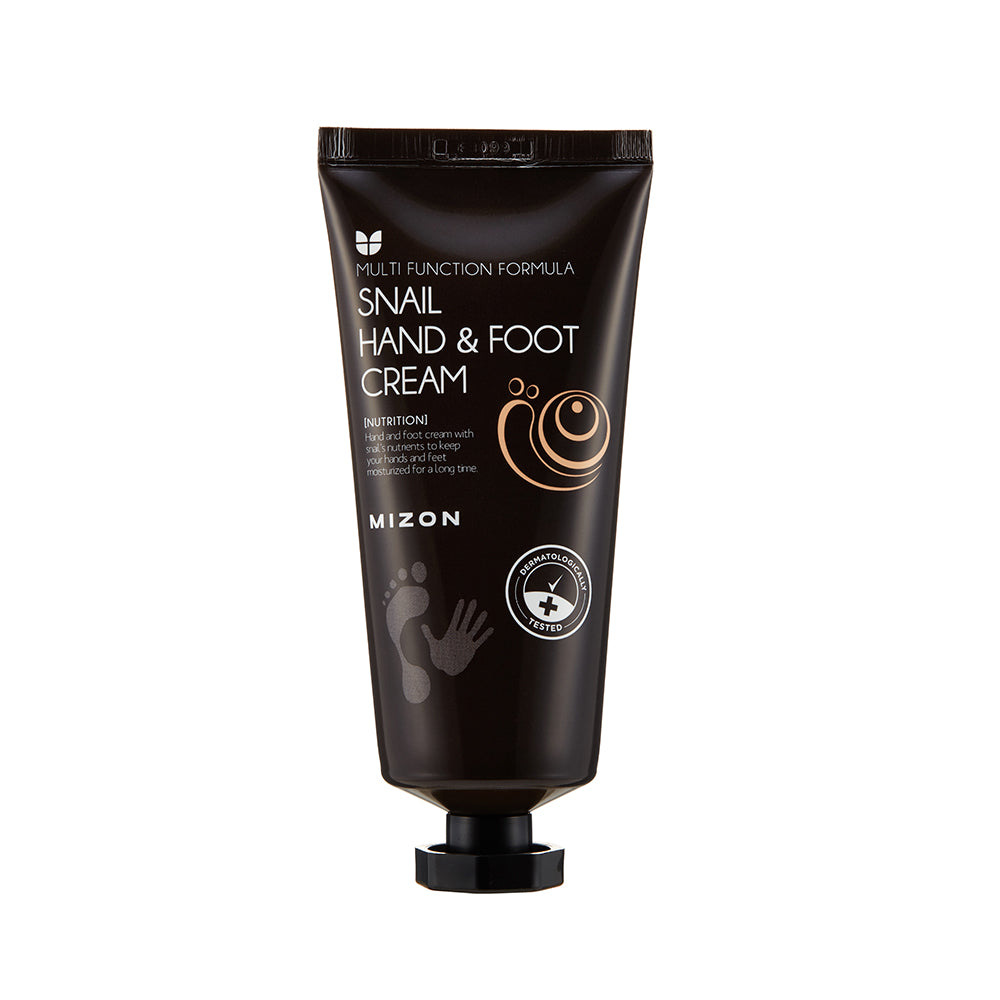



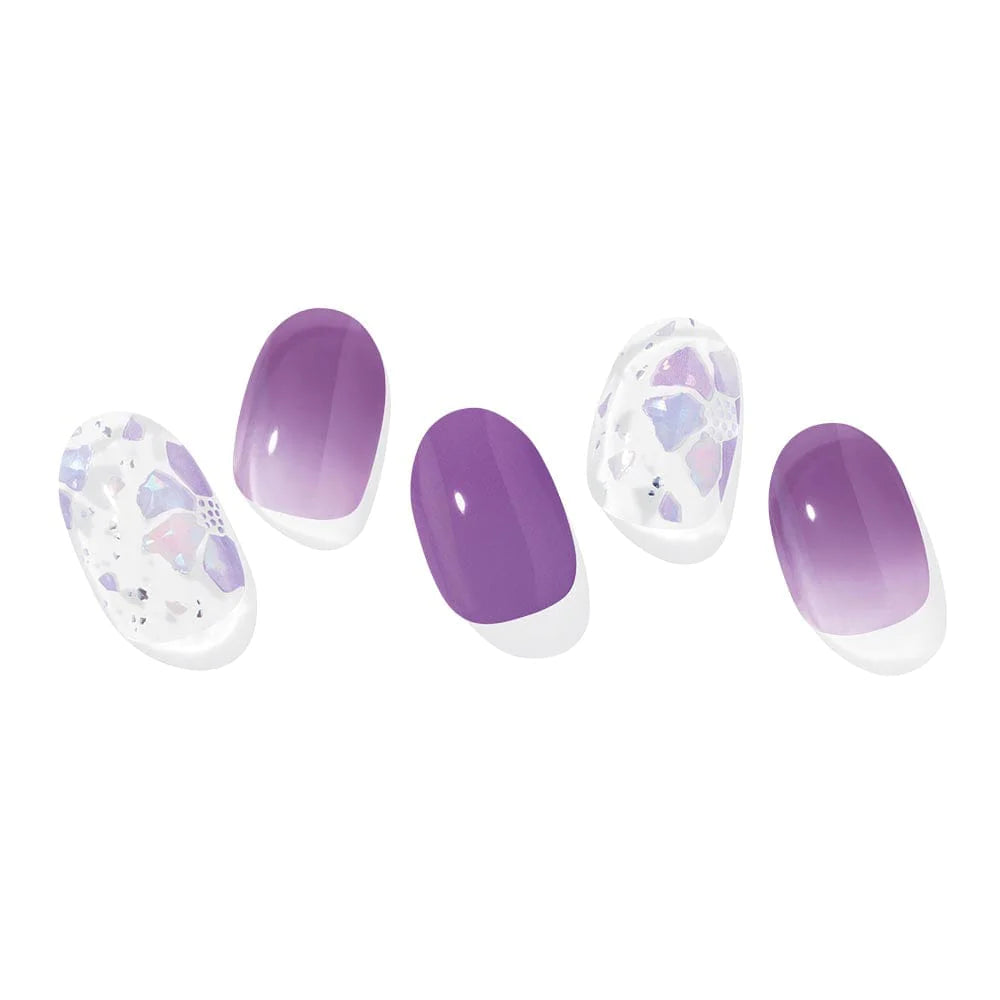
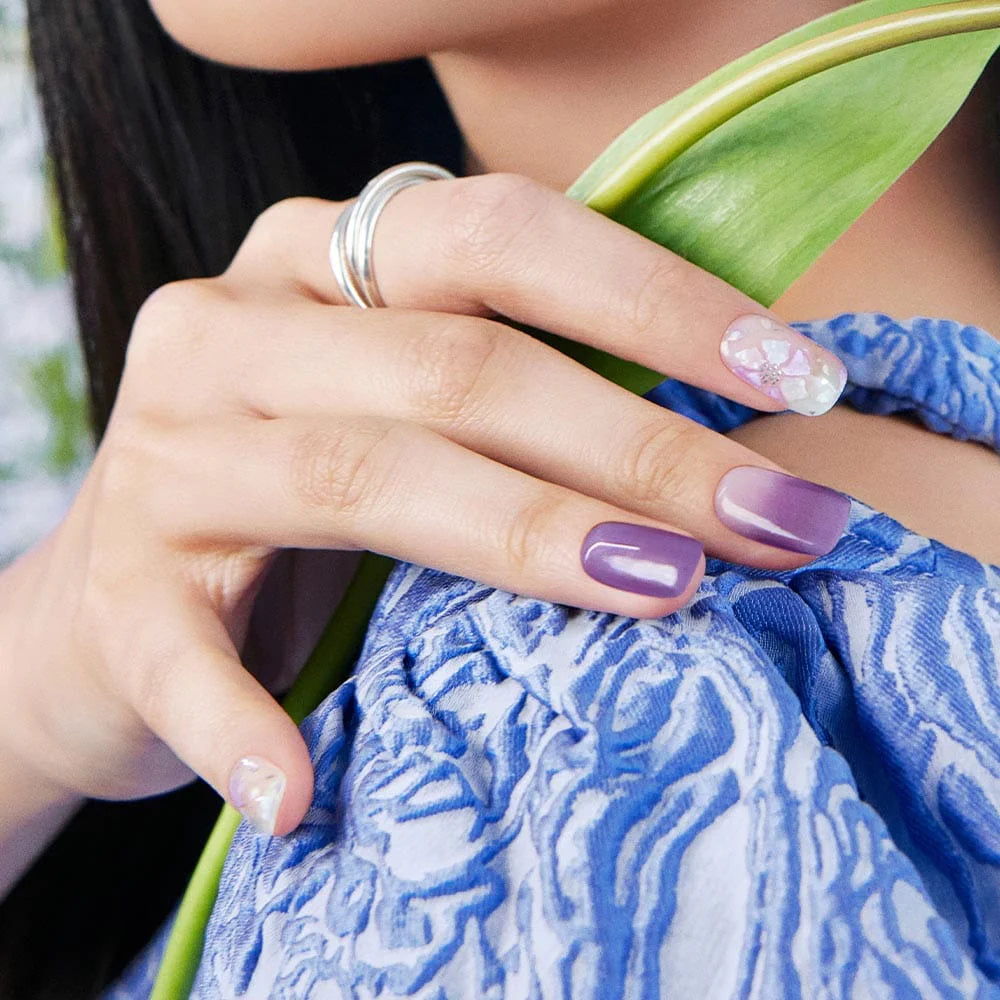
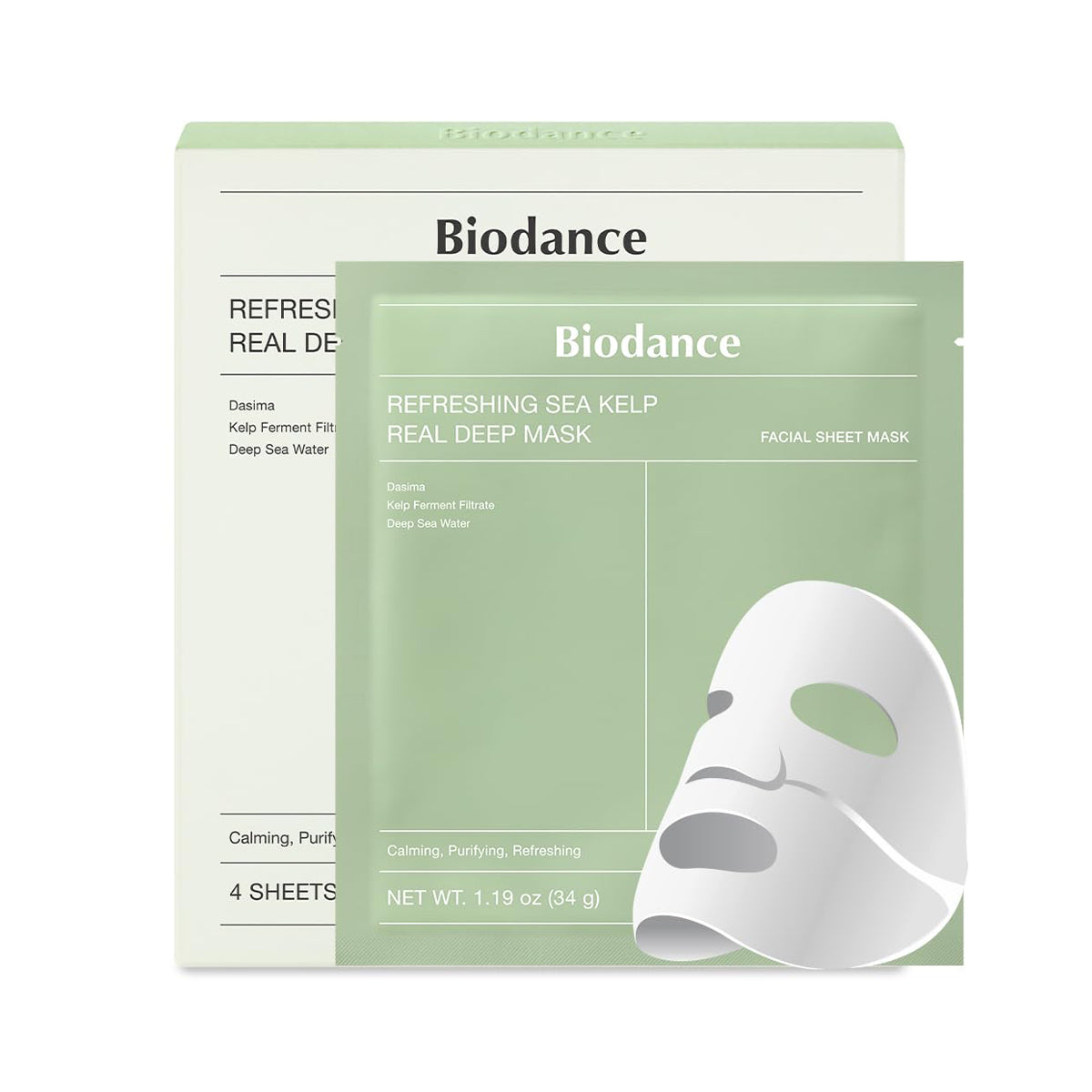
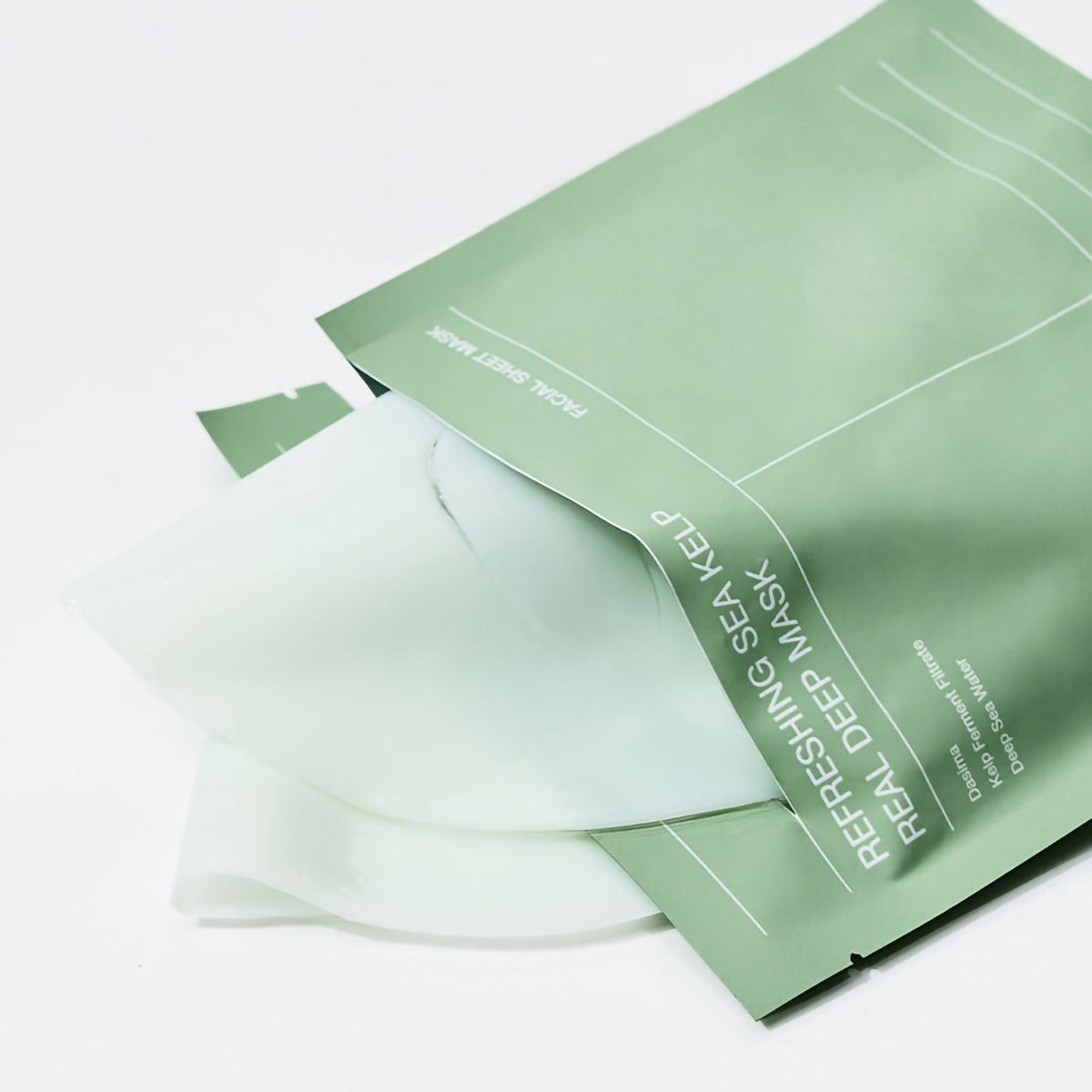




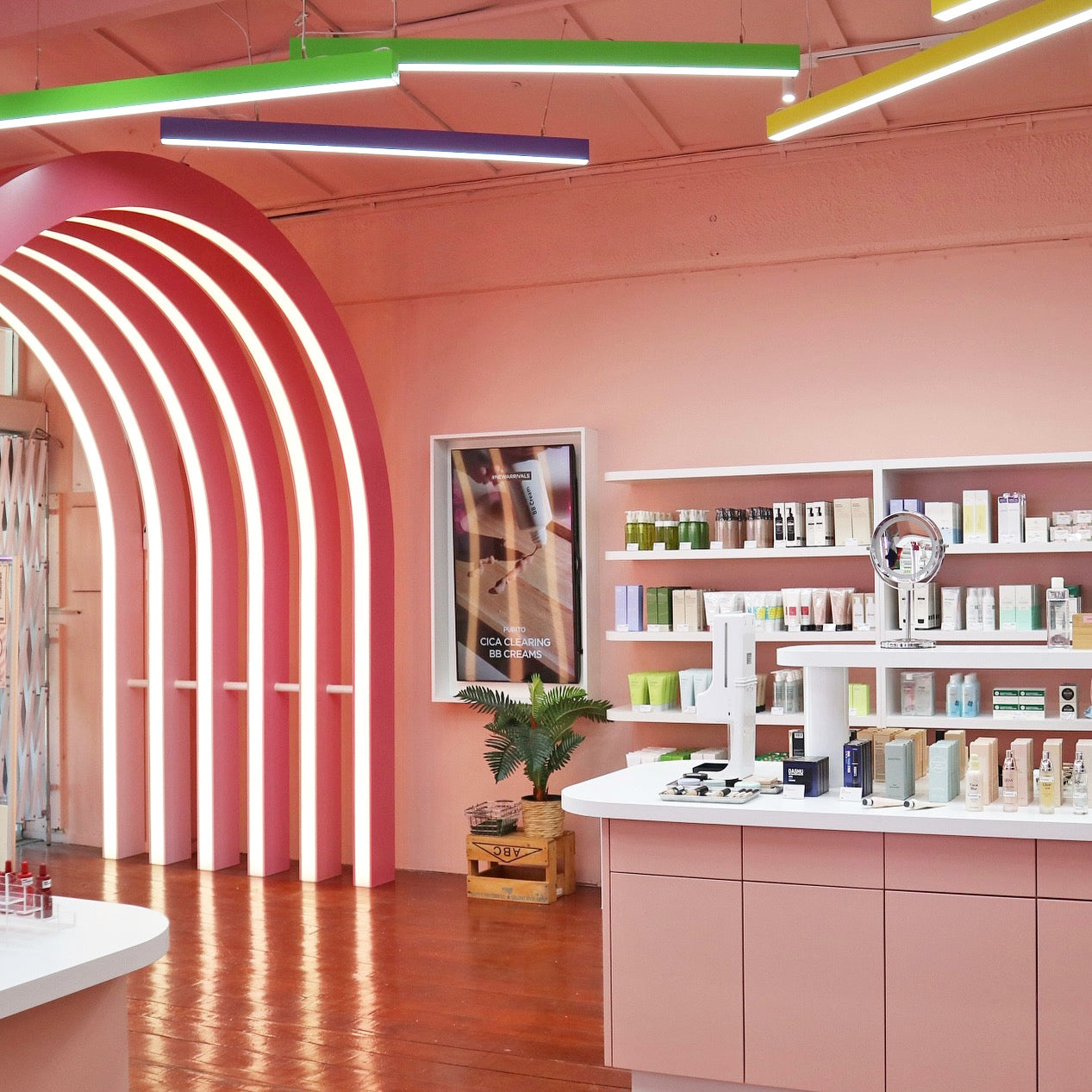
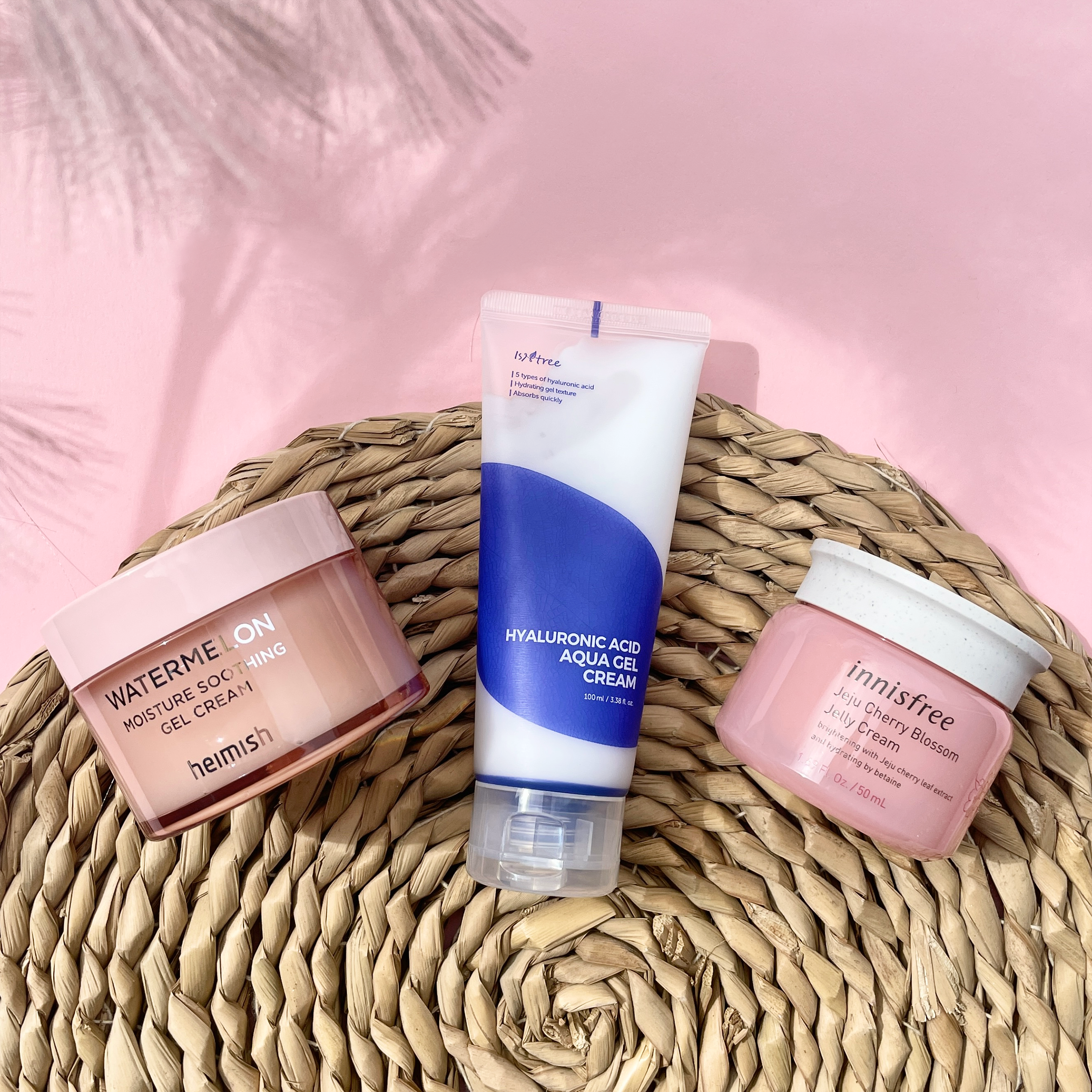

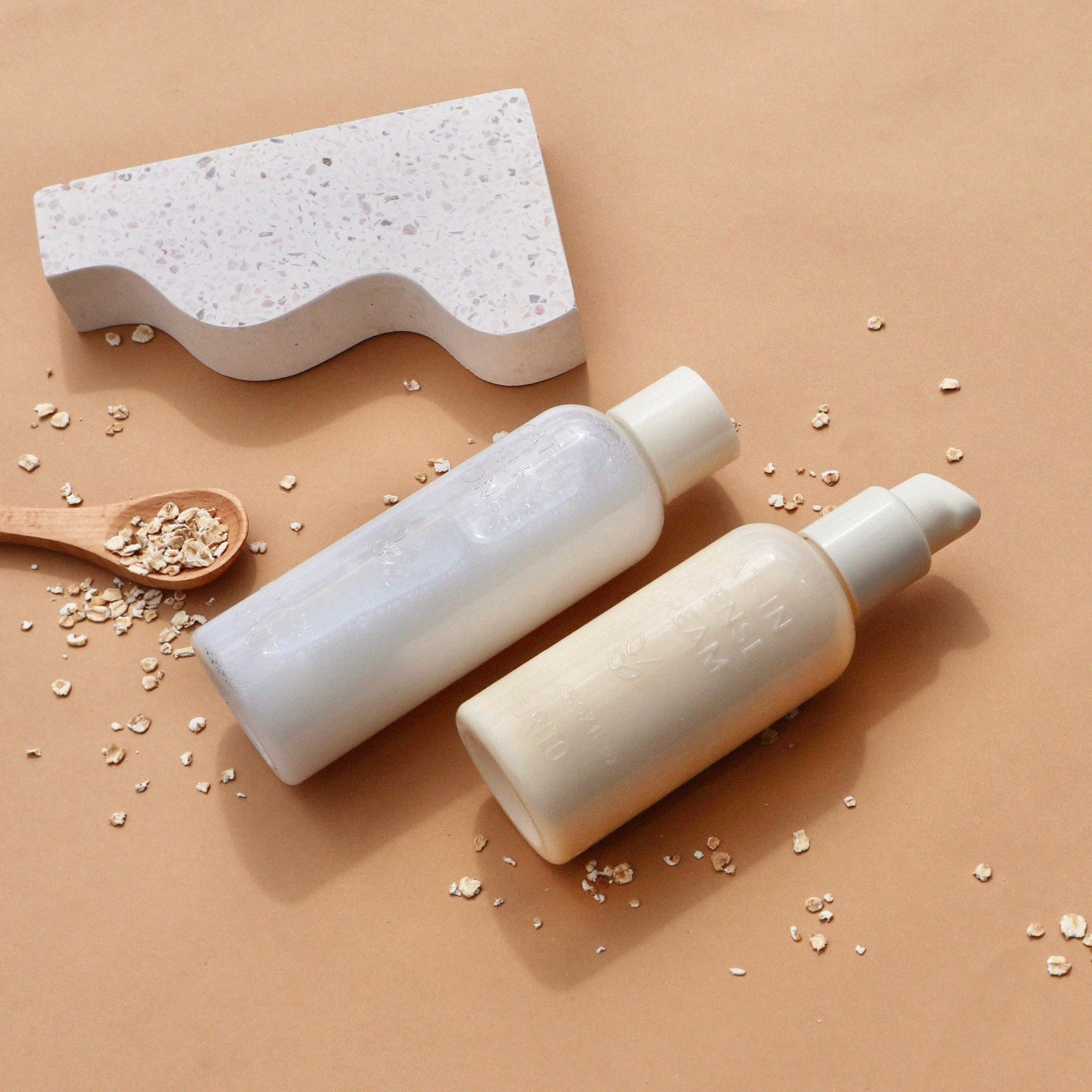
Leave a comment